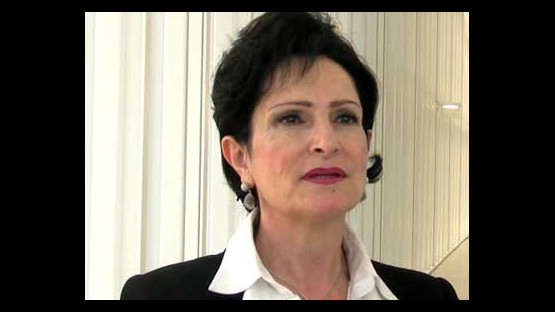1. What is INIS?
The International Nuclear Information System (INIS) is a decentralized information system operated by the International Atomic Energy Agency (IAEA) in Vienna, Austria in co-operation with its Member States and co-operating international organizations. It is the world´s leading information system on the peaceful uses of nuclear science and technology. INIS maintains a database of over 3 million bibliographic references and announces the availability of scientific literature published world-wide on the peaceful uses of nuclear energy. It also maintains a collection of full text documents that would be difficult to obtain elsewhere. Read more »
2. What are the subjects covered by INIS?
INIS covers all aspects of the peaceful uses of nuclear science and technology. There are central areas to the scope such as nuclear reactors, reactor safety, nuclear fusion, applications of radiation and radioisotopes in medicine, agriculture, industry and pest control as well as related fields such as nuclear chemistry, nuclear physics and materials science. Special emphasis is placed on the environmental, economic and health effects of nuclear energy. Legal and social aspects associated with nuclear energy are also covered. And, from 1992, the economic and environmental aspects of all non-nuclear energy sources are included in the scope.
3. How can I access the INIS Database?
The INIS Database is available for free on the internet.
4. What is the size of the INIS Database?
Currently the INIS database on internet contains over 3 million bibliographic references, with English abstracts. It provides direct link to a unique collection of over 250 000 full-text documents not available through commercial channels.
5. What is the time span of the INIS Database?
1970 to the present.
6. How can I add my article/publication to the INIS Database?
Please contact your national INIS Liaison Officer. He/she will take the necessary actions to submit your publication to INIS.
7. What is the INIS collection of full text documents?
Literature reported to INIS may be subdivided into two categories, conventional and non-conventional. Conventional literature is literature which is commercially available through normal distribution channels, such as the book and magazine trade or publishing houses. INIS non-conventional literature, or the INIS collection of full text documents, comprises all other forms of literature, including scientific and technical reports, patent documents, pre-conference papers, and non-commercially published theses and laws that have been cited in the INIS database but are not readily available through commercial channels (also called grey literature). The INIS collection of full text documents comprises literature on the peaceful uses of nuclear energy from 1970 to the present.
8. What is the INIS Thesaurus?
The ETDE/INIS Joint Thesaurus contains the controlled terminology for indexing all information within the subject scope of INIS and the Energy Technology Data Exchange (ETDE). The terminology is used in subject descriptions for input to, or retrieval of, information in these systems. The Joint Thesaurus is the result of continued editing in parallel to the processing of the INIS and ETDE databases. Read more »
9. Who are INIS Members?
INIS has over 120 Member States and more than 20 international organizations. Please visit our INIS Web site to see a list of INIS Members.
10. What is the procedure for joining INIS?
For countries: Only Member States of the IAEA may join INIS. A formal letter should be sent from either the national atomic energy authority, from the country's Permanent Mission to the IAEA, or from the Ministry of Foreign Affairs. The letter should be addressed to the Director General of the IAEA and should state the country´s wish to join INIS. The letter should also include the nomination of the national INIS Liaison Officer, with whom the INIS Secretariat would work closely on all INIS-related matters.
For international organizations: A formal letter should be sent from the Executive Head of the organization, addressed to the Director General of the IAEA, stating the organization's wish to join INIS and nominating an INIS Liaison Officer, with whom the INIS Secretariat would work closely on all INIS-related matters.
11. What are the responsibilities of the INIS Liaison Officer?
The INIS Liaison Officer is responsible for organizing the collection of information and the preparation of input for INIS on a national level (or for his organization, in the case of an international organization), as well as for the dissemination of information contained in all INIS output products, in addition to the promotion of those products. Regular communication between the INIS Secretariat and the INIS Liaison Officers takes place by correspondence and through the Consultative Meetings of INIS Liaison Officers.
12. Who is the INIS Liaison Officer for my country/international organization?
INIS Liaison Officers and Alternates are listed on the INIS Web site.
13. Where is the INIS Secretariat located?
The secretariat function of the International Nuclear Information System is vested in the IAEA´s INIS & NKM Section, located at the Vienna International Centre (VIC), Austria.
14. Whom to contact for further information?
INIS & NKM Section,
International Atomic Energy Agency,
Vienna International Centre,
P.O. Box 100,
1400 Vienna, Austria,
Tel.: +43 1 2600 22842/1; Fax: +43 1 2600 29882;
E-mail: inis.cbl@iaea.org


